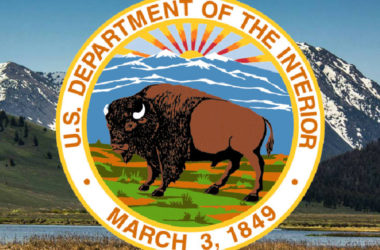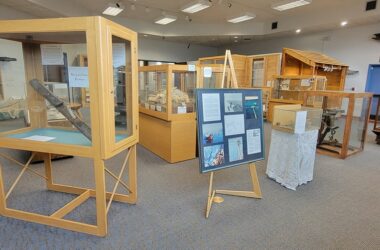Proposed rules from the U.S. Fish & Wildlife Service to change predator control programs in Alaska Wildlife Refuges had equal amounts of support and opposition Tuesday night at a Kenai National Wildlife Refuge open house.
Much of the testimony focused on the declining moose population’s on the Kenai Peninsula. Ed Schmitt says he supports the proposal because the current Intensive Management Plan is expensive and not achieving it’s goals.
Schmitt: “Everywhere else around the world, humans have come in, they’ve looked at the ecosystems and they’ve changed them. In Alaska, we said, we’ve looked back over our success rate with that, it’s not been great. Let’s have a place set aside, to be natural, for future generations to see.”
Kasilof resident Dave Blossom says he’s concerned that if the federal proposals pass, local refuge managers will not have the authority to decide if predator controls need to be implemented in the future as a way to increase moose population.
Blossom: “I’ve lived here my whole life, I’ve seen the moose population at its high, and I’ve seen it do its ups and downs like people have said. I have never seen the moose population in as poor shape as it is now.”
There was a significant decline in moose cows and calves last year according to the Department of Fish & Game’s harvest and aerial survey data in the peninsula’s Game Management Units 7 and 15.
Blossom says since hunters don’t hunt calves and only a small amount of cows can be hunted on the lower peninsula, he believes there is already a predator control problem not being dealt with.






